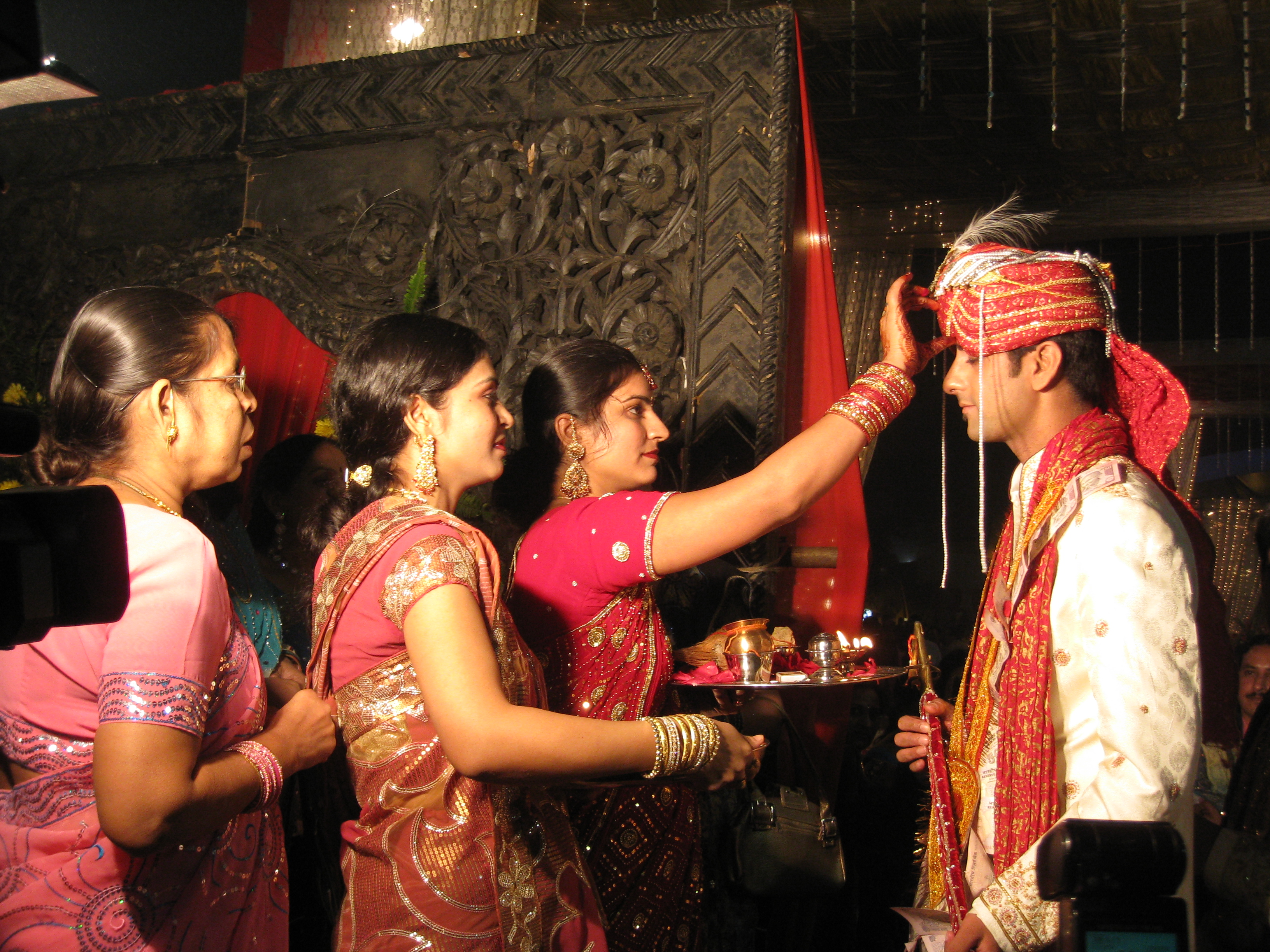|
Jalpesh Temple
Jalpesh Temple () is an important Hindu temple dedicated to the Bhramari Saktipitha's Bhairava as Jalpesh. The worshiped in this temple is Bhairava as Jalpesh, a form of Shiva – one of Hinduism's trinity of supreme divinity. The temple is located on the banks of the Jarda river, 7–8 km from Mainaguri town in the Indian state of West Bengal. History Bishwa Singha, father of Maharaja Nara Narayan of Cooch Behar, founded the Jalpesh temple in 1524. Later he rebuilt the temple in 1563. Again after 100 years, King Pran Narayan rebuilt this temple in 1663. During the reign of King Lakshmi Narayan of Cooch Behar, Mahidev Raikut declared his independence in 1621 AD, refusing to obedience to the Koch dynasty. Since then the temple was under the supervision of Raikats of Baikunthapur. It was restored on 30 January 1899 by Rani Jagadeswari Devi, wife of King Jagendra Deva Raikut. An earthquake occurred in Jalpaiguri district on 26 April 2015 at 11:41 AM (IST). The duration ... [...More Info...] [...Related Items...] OR: [Wikipedia] [Google] [Baidu] |
Shiva
Shiva (; , ), also known as Mahadeva (; , , Help:IPA/Sanskrit, [mɐɦaːd̪eːʋɐh]) and Hara, is one of the Hindu deities, principal deities of Hinduism. He is the God in Hinduism, Supreme Being in Shaivism, one of the major traditions within Hinduism. Shiva is known as ''The Destroyer'' within the Trimurti, the Hinduism, Hindu trinity which also includes Brahma and Vishnu. In the Shaivite tradition, Shiva is the Supreme Lord who creates, protects and transforms the universe. In the goddess-oriented Shaktism, Shakta tradition, the Supreme Goddess (Devi) is regarded as the energy and creative power (Shakti) and the equal complementary partner of Shiva. Shiva is one of the five equivalent deities in Panchayatana puja of the Smarta Tradition, Smarta tradition of Hinduism. Shiva has many aspects, benevolent as well as fearsome. In benevolent aspects, he is depicted as an Omniscience, omniscient yogi who lives an Asceticism#Hinduism, ascetic life on Kailasa as well as a house ... [...More Info...] [...Related Items...] OR: [Wikipedia] [Google] [Baidu] |
University Of North Bengal
The University of North Bengal (also North Bengal University, abbreviated as NBU) is a public state university in the North Bengal region of West Bengal, India. Its main campus is located in Raja Rammohanpur, Siliguri, Darjeeling district, in the Indian state of West Bengal. Its second campus is located in Danguajhar, Jalpaiguri in Jalpaiguri district and the third campus is located in Bidhannagar, Salt Lake, Kolkata. The university was established in 1962 by the Government of West Bengal. North Bengal University offers degrees in undergraduate, post-graduate, doctoral and post-doctoral programmes. It is accredited by National Assessment and Accreditation Council, NAAC with B++ grade. History The University of North Bengal was established by ''The North Bengal University Act, 1961'' passed by the Legislature of West Bengal and the university started functioning in 1962. It was the first university in the North Bengal region. It initially served the predominantly rural areas in ... [...More Info...] [...Related Items...] OR: [Wikipedia] [Google] [Baidu] |
Culture Of West Bengal
The culture of West Bengal is an Indian culture which has its roots in Bengali literature, music, fine arts, drama and cinema. It is intertwined with the Culture of Bengal, culture of the ''Bengal region'' of the Indian subcontinent. Different geographic regions of West Bengal have subtle as well as more pronounced variations between each other, with Darjeeling Himalayan hill region and Duars showing particularly different socio-cultural aspects. West Bengal's capital Kolkata—as the former capital of India—was the birthplace of modern Indian literary and artistic thought, and is referred to as the "cultural [or literary] capital of India". The presence of ''para (Bengal), paras'', which are cluster of neighbourhoods that possess a strong sense of community, is characteristic of West Bengal. Typically, each ''para'' has its own community club and, on occasion, a playing field. Residents engage in ''adda (Indian), addas'', or leisurely chats, that often take the form of fr ... [...More Info...] [...Related Items...] OR: [Wikipedia] [Google] [Baidu] |
Hindu Temples In Jalpaiguri District
Hindus (; ; also known as Sanātanīs) are people who religiously adhere to Hinduism, also known by its endonym Sanātana Dharma.Jeffery D. Long (2007), A Vision for Hinduism, IB Tauris, , pp. 35–37 Historically, the term has also been used as a geographical, cultural, and later religious identifier for people living in the Indian subcontinent. It is assumed that the term ''"Hindu"'' traces back to Avestan scripture Vendidad which refers to land of seven rivers as Hapta Hendu which itself is a cognate to Sanskrit term ''Sapta Sindhuḥ''. (The term ''Sapta Sindhuḥ'' is mentioned in Rig Veda and refers to a North western Indian region of seven rivers and to India as a whole.) The Greek cognates of the same terms are "''Indus''" (for the river) and "''India''" (for the land of the river). Likewise the Hebrew cognate ''hōd-dū'' refers to India mentioned in Hebrew BibleEsther 1:1. The term "''Hindu''" also implied a geographic, ethnic or cultural identifier for people ... [...More Info...] [...Related Items...] OR: [Wikipedia] [Google] [Baidu] |



